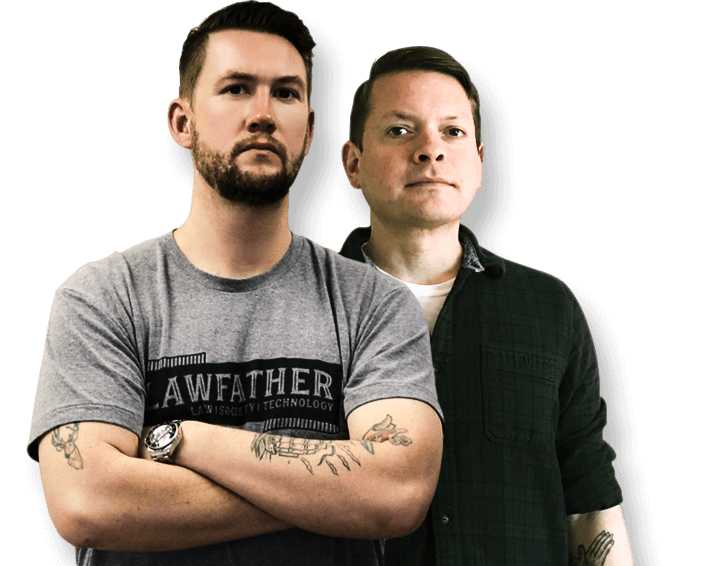 It has been said that web searchers form first impressions of a website within 1/20th of a second. We’ve all done it. You click on a website that is ranked extremely well in Google, only to click right out of it within seconds. Why? Poor design and organization told you in seconds that this site wasn’t what you wanted. You didn’t even read the content.
It has been said that web searchers form first impressions of a website within 1/20th of a second. We’ve all done it. You click on a website that is ranked extremely well in Google, only to click right out of it within seconds. Why? Poor design and organization told you in seconds that this site wasn’t what you wanted. You didn’t even read the content.
As you can see–your website design affects your conversions and ROI significantly. In addition, tracking your return on investment (ROI) is crucial to making wise advertising and marketing decisions—and comments from the visitors who convert on your website are invaluable.
A law firm website must be updated and improved continually in order to keep current with changing technology and optimization standards. Just ask the thousands of website owners who lost significant ranking after the latest Panda and Penguin updates. However, there are several influential factors in extending that life. First and foremost is the technology that was used to build the site. If your site is not up-to-date with web optimization standards, you could be sabotaging your search engine rankings.
Secondly, organizing your site in a logical manner will allow the search engines to index it most efficiently. Keeping the code compact and streamlined will facilitate speedy loading time of the site, as well. Structure and speed can affect a number of variables in analytics, including bounce rate, time on site, and target conversions.
Factors That Affect ROI
The five primary factors that influence website ROI are:
- Development Cost. The costs of designing and creating a website can vary dramatically. The time and money invested at this stage are the basis for the ROI.
- Maintenance Cost. Some costs, such as hosting, might be relatively low. However, expenses incurred for advertising might be higher. Not to mention the investment of time into content marketing (i.e. blogging and social media).
- The ultimate scale for measuring website success is the number of visitors it receives. If your site was designed to do so, it will perform well in search engines. However, marketing activity rather than web design will have the greatest effect on traffic.
- Conversion Rate. Here is where web design really has the biggest impact. Great design can turn visitors into clients.
- Website Shelf Life. A poorly designed site will need redesigning within two years, whereas a well-planned site will produce results for upwards of five years. The longer a site is effective, the greater your ROI.
ROI Tips
Build a site that is easy to update, search engine friendly, and user friendly. Design your site to be mobile friendly and fill it with quality content that is valuable to your clients—not just search engines. Spend the appropriate amount of time and money on your site to convert visitors into clients, and watch your ROI skyrocket.
LAWFATHER BUILDS FIRMS
Contact LawFather

